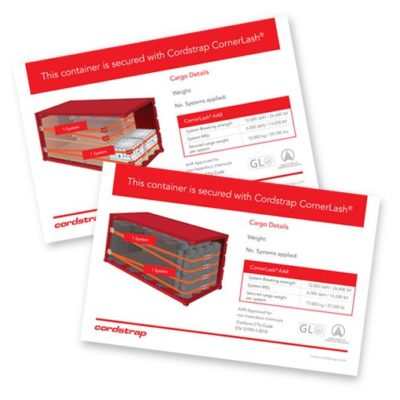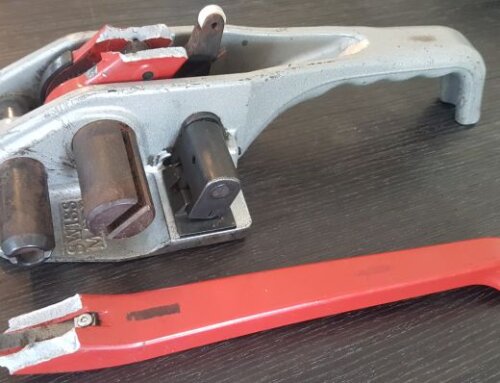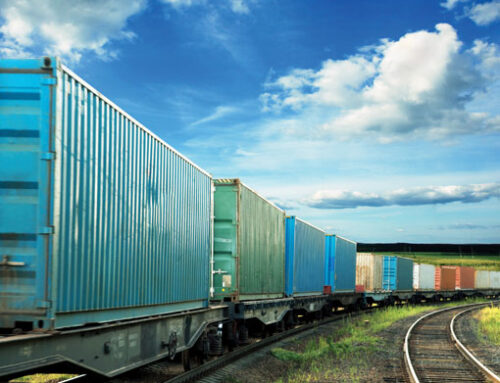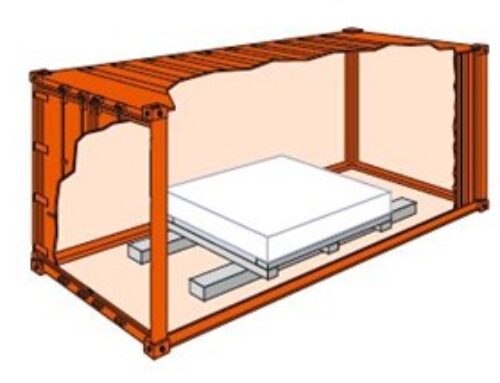Container Cargo Securing – Optimal security
Safe and secure transportation is of vital importance regardless of the cargo inside a container. Security concerns, not just the cargo itself, but also the workers and the environment of the container.
More than 100 million containers are being transported per year. Each year thousands of accidents happen because of unsecured or improper secured cargo. This results in damages and millions of dollars of cost but also people lives are at stake. What we often see is that there is a lack of clarity about how cargo inside a container should be secured leads to issues in the following areas:
Social aspect

Surveyors and inspection services
 These services are often hired by companies to inspect if cargo is properly secured. However, lack of clarity in International Rules and Regulations make it hard for them to implement consistent policies on when to approve or reject cargo. This leads to problems for manufacturers and transport companies. If cargo is being rejected based on unclear grounds this means additional cost and delays.
These services are often hired by companies to inspect if cargo is properly secured. However, lack of clarity in International Rules and Regulations make it hard for them to implement consistent policies on when to approve or reject cargo. This leads to problems for manufacturers and transport companies. If cargo is being rejected based on unclear grounds this means additional cost and delays.
CTU Code
Fortunately, the CTU Code has been developed to provide clarity as to how cargo should be secured, which calculations to use, but also clearly indicates the responsibility of the individual players in the transport chain when it comes to proper and safe cargo securing.
As a manufacturer, your core priority is to sell your product. When your product needs to be shipped in containers, you can safely secure them conform the international rules of the CTU Code with products such as CornerLash or AnchorLash.
The right securing point
Cordstrap CornerLash®
The strongest points of a container are the corner posts. However, these posts have no lashing points to install your lashing system. To be able to make use of these strong posts, Cordstrap developed a revolutionary breakthrough innovation, Cordstrap’s CornerLash.
CornerLash uses the strongest point of a container – the container post – to secure the cargo. A specially engineered corner element can be quickly locked in the steel corners. This creates an instant lashing point of 3ton! With the CornerLash solution, you can safely secure up to 30 tons of cargo.
Cordstrap AnchorLash®
In contrast to CornerLash, AnchorLash uses the existing lower lashing points in a container. By employing these, AnchorLash is capable of securing cargo of up to 11 tons.
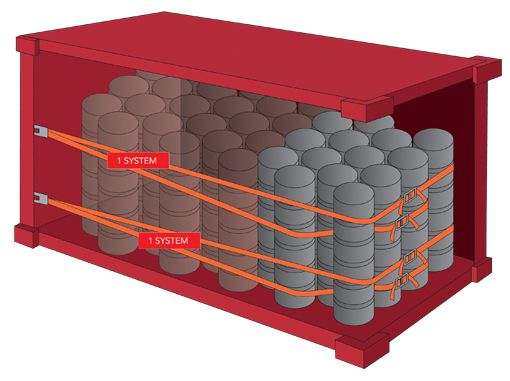
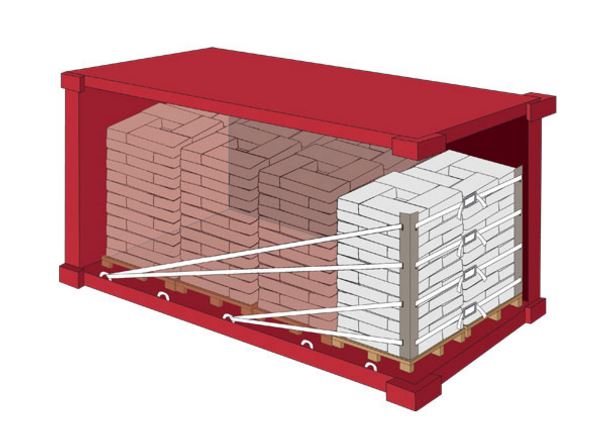

High tech lashing
When shipping cargo inside containers, it is crucial to avoid that cargo hits the container doors on impact. For example, when shunting a rail car during trainsport or rough seas during ocean transport.
A low elongation lashing system avoids that from happening. Our cutting-edge manufacturing process and a special weaved pattern avoid that your cargo hits the container doors in an impact.
Cordstrap’s low elongation lashing can be recognized by its orange color.
Specifically designed elements for your specific cargo
To hold and protect specific types of cargo against damage, we designed elements like edge boards and IBC protectors. They also hold lashing in place during transport for a maximum securing force during the entire journey. Pre-cut lashing reduces the risk of injuries since no sharp objects are needed.
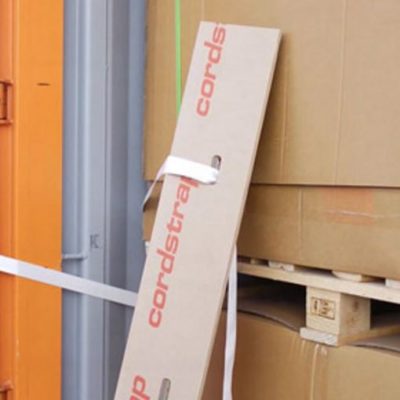

Instructions, loading plans and training
Even with the right materials, safety risks can still occur without the proper knowledge of how to secure cargo. This is why we provide complimentary training and on-going support such as loading plans to ensure our container solutions are applied in a consistent way.
Ease of inspection
When a container is opened for inspection, it can be difficult to see how cargo is secured. To make this simple, a label is provided with CornerLash and AnchorLash. Simply attach the label to the cargo. This gives all necessary information to the inspector.
